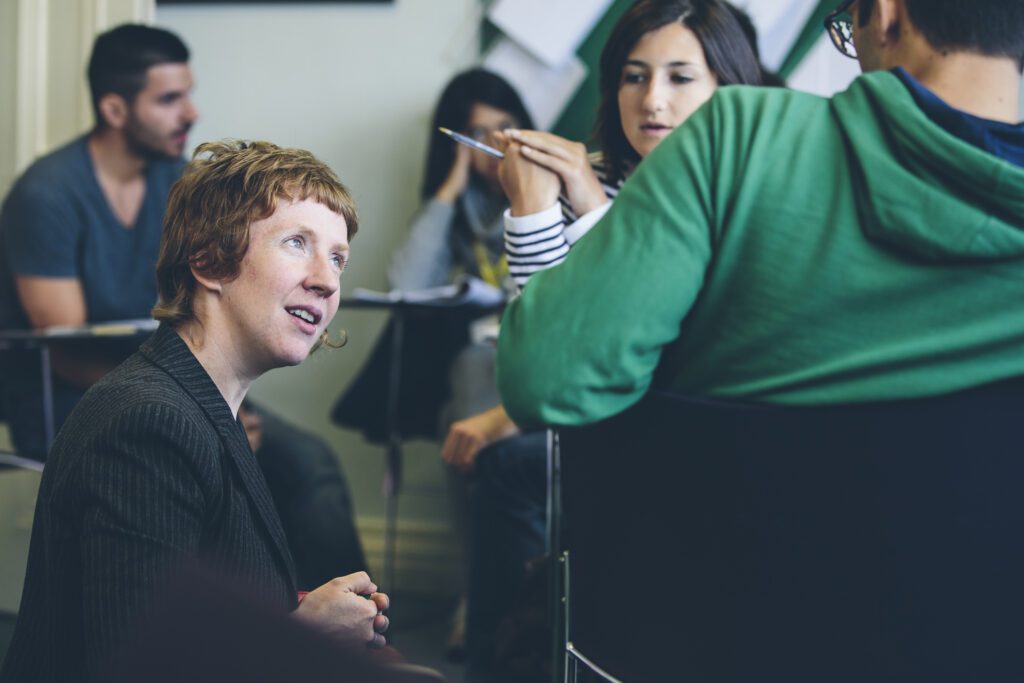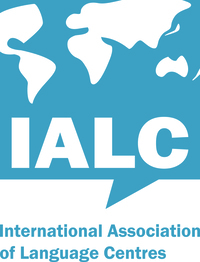Correcting students’ mistakes is an essential aspect of teaching, but it requires careful consideration and tact to ensure effective learning outcomes. Understanding why students ‘slip up’ and implementing appropriate correction strategies are crucial for creating a supportive and productive learning environment. In this article, we’ll explore the stages of student development in language learning, as well as practical tips for corrections in the classroom.


Understanding the Stages of Student Development:
In language learning, students progress through various stages of development, each with its own challenges and opportunities for improvement:
- Unawareness of Mistakes: At this stage, students may not realise they’ve made an error and are unable to correct themselves even after prompting.
- Awareness with Prompting: Students become aware of their errors with prompting and can correct themselves when guided.
- Awareness without Prompting: Students recognise where they have gone wrong but still need prompting to correct themselves.
- Self-Correction: Mistakes become common but are self-corrected without the need for external prompting.
- Selective Mistakes: Students only make mistakes when not fully concentrating but can self-correct.
- Error-Free: Students demonstrate proficiency and rarely make mistakes.
Tips for Correcting Students’ Mistakes:
- Create a Safe Learning Environment: Establishing a classroom atmosphere where errors are viewed as valuable learning opportunities encourages students to take risks and participate actively in their learning journey.
- Selective Correction: Not all slip-ups require immediate correction. Focus on correcting language that is being taught (the target language) or anything that distorts the message of the speaker.
- Timing of Correction: Consider the aim of the lesson when deciding when to correct mistakes. If the focus is on accuracy, immediate correction may be necessary. For fluency development, delayed correction allows students to maintain their flow of speech.
Effective Correction Techniques:
- Self-Correction: Encourage students to correct themselves by providing hints or cues.
- Peer Correction: Utilise peer correction, where students help each other identify and correct mistakes. This approach can be less intimidating for students and promotes collaboration.
- Teacher Intervention: Use the 10-second rule: if a student is unable to self-correct within 10 seconds, provide guidance or correction.
- Feedback Strategies: Provide constructive feedback that highlights both the error and the correct form, reinforcing learning objectives.
In the dynamic landscape of language learning, mistakes are not roadblocks but rather stepping stones on the path to proficiency. By understanding the nuanced stages of student development and implementing targeted correction strategies, educators can transform errors into valuable learning opportunities. Creating a safe and supportive classroom environment where errors are viewed as natural and necessary components of the learning process empowers students to take risks, experiment with language, and ultimately grow into confident and proficient speakers.
As educators, our role extends beyond mere correction; it encompasses guidance, encouragement, and empowerment. By harnessing the power of effective correction techniques such as selective correction, timely intervention, and strategic feedback, we equip students with the tools they need to navigate the complexities of language learning with confidence and resilience. Whether through self-correction, peer collaboration, or teacher intervention, every mistake becomes a teachable moment, propelling students closer to their language learning goals. We should embrace mistakes as invaluable opportunities for growth and transformation, knowing that each error corrected brings us one step closer to linguistic fluency and cultural understanding.
“I never lose. I either win or learn” – Nelson Mandela
We can embrace this philosophy in our classrooms, fostering a culture where mistakes are not feared but embraced as essential catalysts for learning and progress. Together, we can cultivate a generation of lifelong learners who approach challenges with confidence, curiosity, and an unwavering belief in their ability to overcome obstacles and achieve excellence!
For further insight, check out this British Council post.





